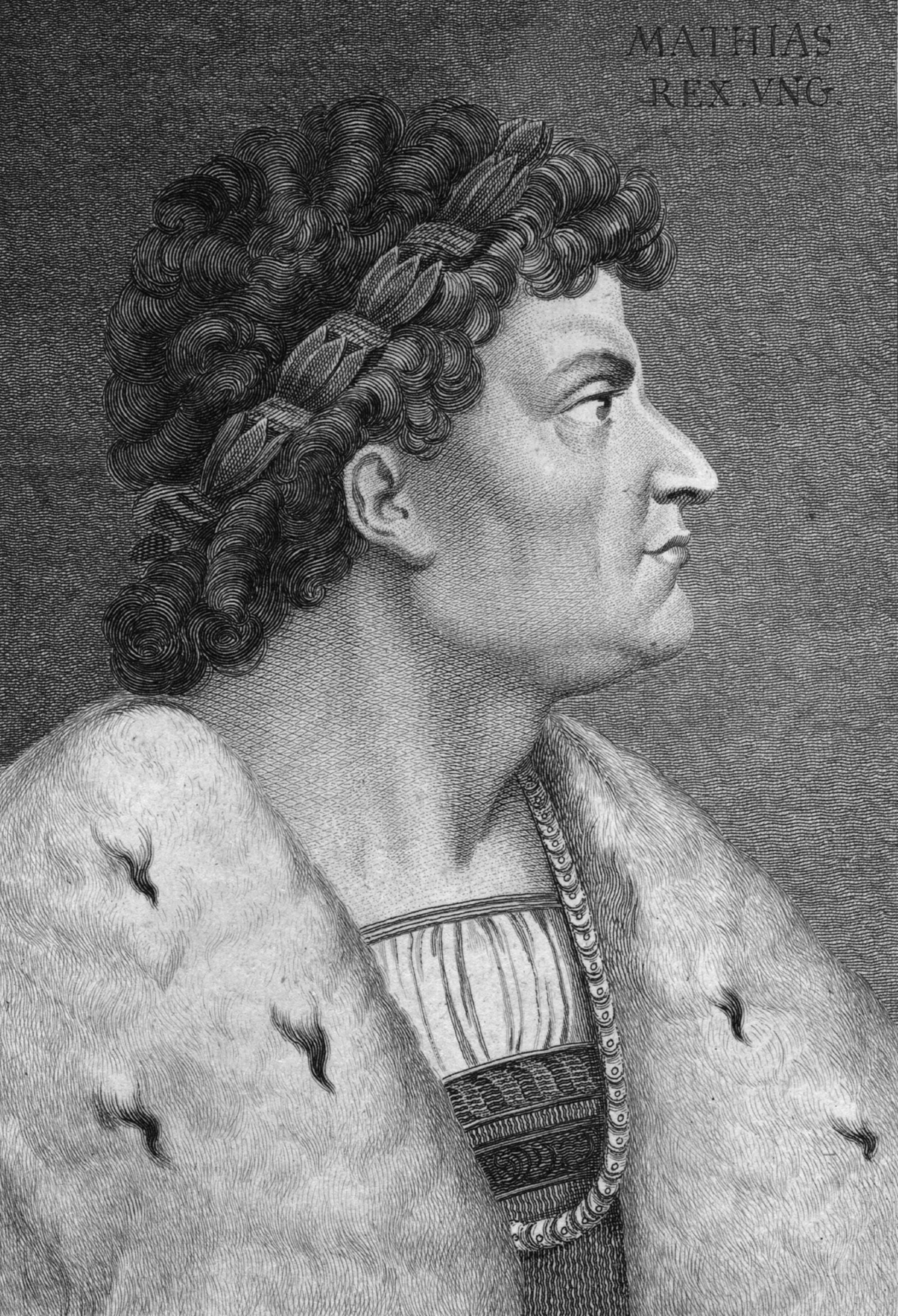An unidentified skull uncovered at a Hungarian basilica decades ago may belong to the legendary 15th century king Matthias Corvinus, a new study found.
While further DNA tests are needed to confirm the identity of the remains, researchers from the King Stephen Museum in Hungary say the skull bears resemblance to that of Corvinus’s illegitimate son.
The skull was first found during excavations at the southern aisle of the Basilica of the Virgin Mary in 2002 and has remained marked simply as “I/10”.
Now, archaeologists suspect it belongs to Matthias Corvinus, the legendary king of Hungary and Croatia, who ruled from 1458 to 1490.

Known by his nickname – King Corvinus “The Just” – was renowned for reforming the justice system and for favouring talented individuals, chosen for their abilities, instead of working with people based on their social status.
His kingdom was also one of the first to embrace the Renaissance, spreading from Italy, ushering in a new age of art and science.
King Cornivus’s royal library – Bibliotheca Corviniana – was one of the largest collections of books in Europe at the time.
He is also known for establishing one of the earliest professional standing armies in medieval Europe that played a key role in driving out the invading Ottomans.
The Basilica of the Virgin Mary, where the skull was found, is known to have been the coronation and burial site for medieval Hungarian kings. However, it too was destroyed in the 19th century following centuries of damage, including by the Ottomans.
The latest study comes after researchers reconstructed skulls found at the basilica.
They found that the one labelled I/10 particularly bore resemblance to that of Matthias’ illegitimate son János Corvinus, whose remains were previously found in Croatia.
Given the skull’s burial location at the basilica where other kings were also buried, researchers suspect the only likely candidate could be King Matthias himself.
Several historical written sources also point to King Corvinus’s funeral taking place at the cathedral in 1490.
“The king’s body, covered in purple, was lifted into a coffin with a sword, sceptre, crown, orb, golden spurs, and an uncovered face, in a carefully chosen space of the open vestibule of the basilica,” Antonio Bonfini, Matthias’ court historian and poet, wrote.
However, Hungarian officials urge caution, stating that “scientific verification of the hypothesis is ongoing”.
“We will be able to make a final statement after the verification,” the Institute of Hungarian Research said, according to Archaeology Mag.



